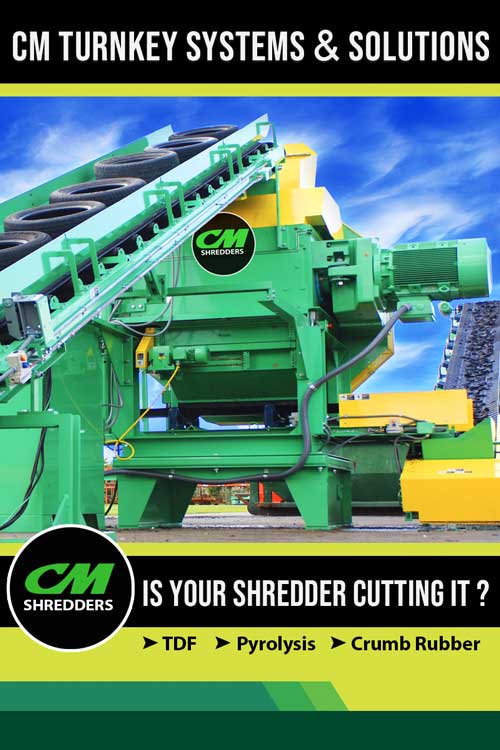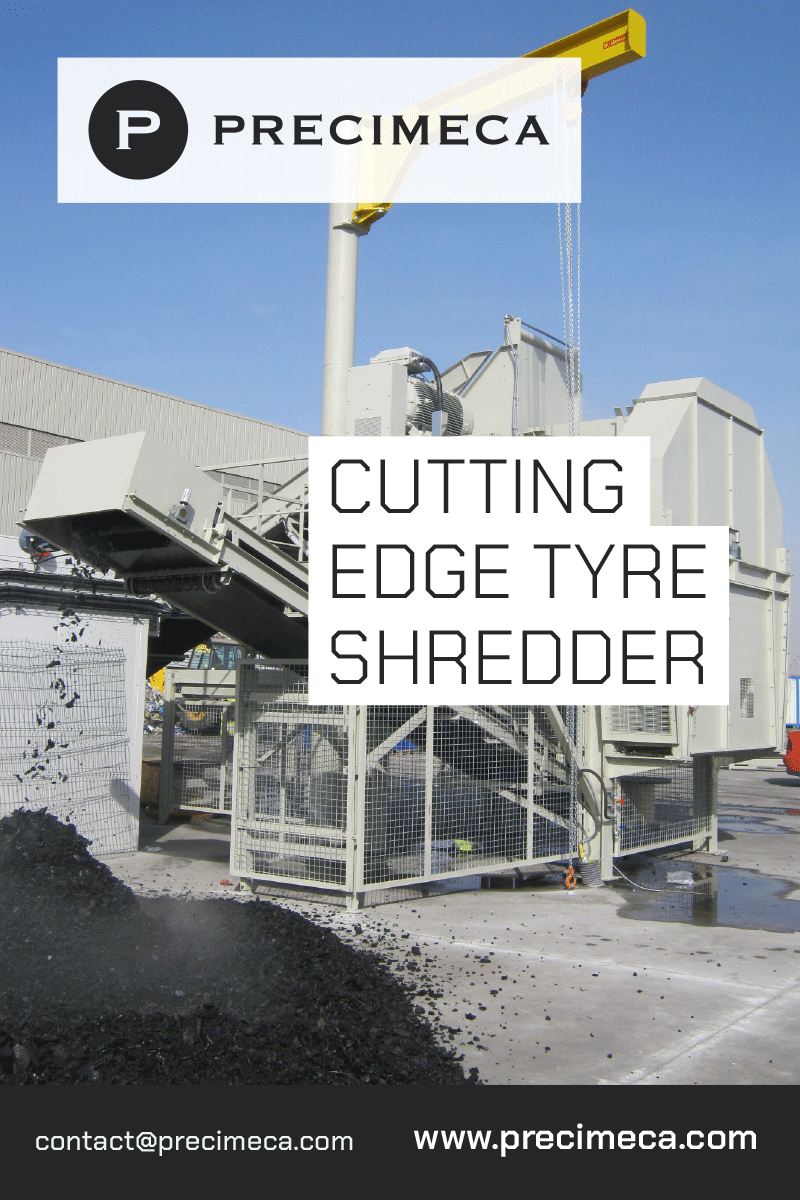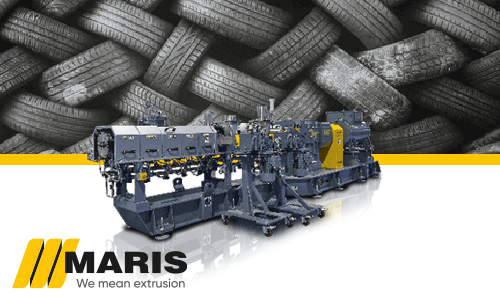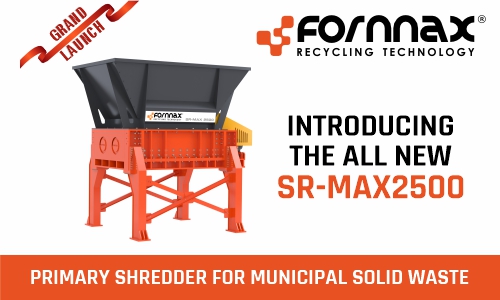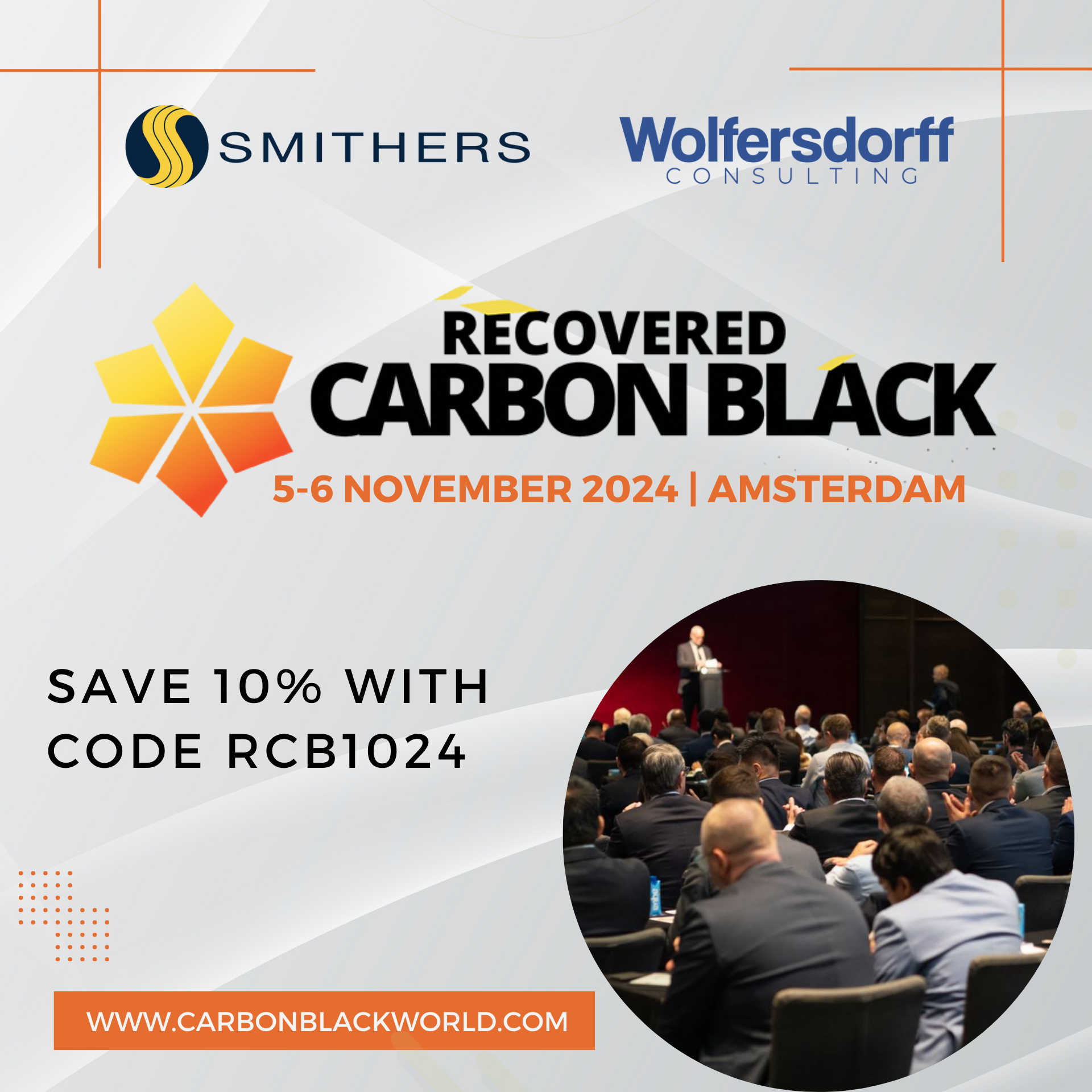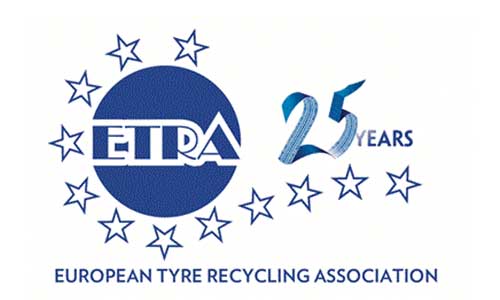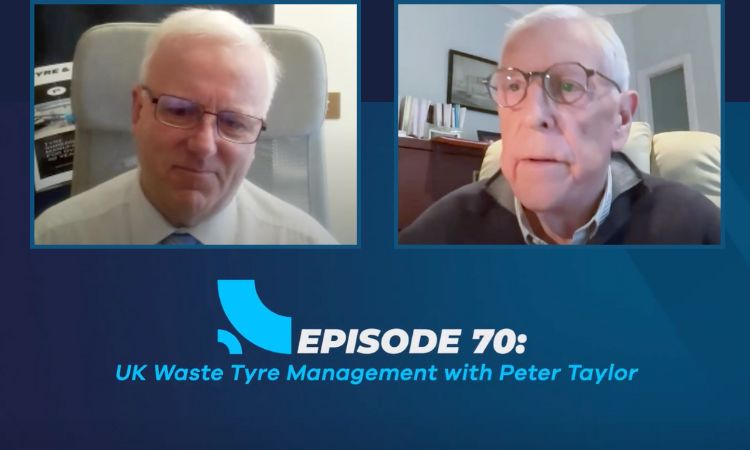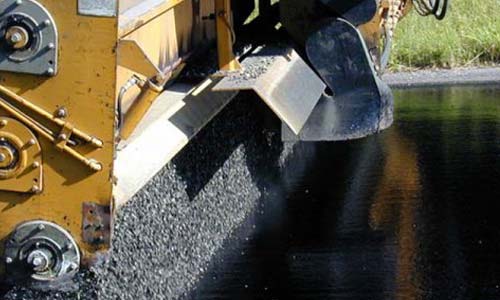Weibold Academy: Life cycle assessment: A strategic tool for the tire pyrolysis industry
Weibold Academy article series discusses periodically the practical developments and scientific research findings in the end-of-life tire (ELT) recycling and pyrolysis industry.
These articles are reviews by Claus Lamer – the senior pyrolysis consultant at Weibold. One of the goals of the review is to give entrepreneurs in this industry, project initiators, investors and the public, a better insight into a rapidly growing circular economy. At the same time, this article series should also be a stimulus for discussion.
For the sake of completeness, we would like to emphasize that these articles are no legal advice from Weibold or the author. For legally binding statements, please refer to the responsible authorities and specialist lawyers.
Introduction
As millions of tires reach the end of their usable lives each year, their disposal poses significant environmental challenges. Durable and non-biodegradable end-of-life tires (ELTs) contribute to growing landfill volumes, create fire risks, and release toxins when improperly handled. Tire pyrolysis, a process that thermally decomposes tires in an oxygen-free environment to recover valuable materials, offers a promising solution to this problem. However, in an industry facing scrutiny from regulators, investors, and consumers, proving this process's environmental and economic benefits is crucial. Life Cycle Assessment (LCA) has emerged as a critical tool for tire pyrolysis companies to evaluate their impact, identify efficiencies, and build credibility.
What is Life Cycle Assessment (LCA)?
Life Cycle Assessment is a standardized, scientific approach to evaluating the environmental impacts of a product or process throughout its lifecycle. For the tire pyrolysis industry, LCA involves analyzing the impacts of tire collection, pyrolysis processing, and reusing recovered materials like oil, carbon black, and steel. By quantifying these impacts across categories such as carbon emissions, resource depletion, and energy consumption, LCA provides a holistic view of the sustainability of the pyrolysis process.
LCA is guided by international standards, such as ISO 14040 and ISO 14044, ensuring industry consistency and comparability. By applying this framework, tire pyrolysis companies can assess their operations' trade-offs and substantiate claims about environmental benefits.
The Role of LCA in Tire Pyrolysis
Understanding and Communicating Environmental Benefits
Tire pyrolysis companies operate at the intersection of waste management and resource recovery. LCA allows these manufacturers to demonstrate the tangible benefits of their process compared to traditional disposal methods like incineration or landfilling. For example, an LCA might show that recovered pyrolysis oil (TPO) significantly reduces the demand for virgin fossil fuels or that recovered carbon black (rCB) has a smaller environmental footprint than newly produced alternatives. Such data offers transparency and strengthens the case for pyrolysis as an integral part of a circular economy.
Meeting Regulatory and Market Demands
As governments implement stricter environmental regulations and promote waste-to-value solutions, tire pyrolysis companies must demonstrate compliance with sustainability standards. An LCA helps these businesses quantify emissions, energy usage, and resource recovery in a way that aligns with regulatory requirements. An LCA-backed Environmental Product Declaration (EPD) also provides a clear advantage in markets where environmental certifications influence purchasing decisions.
Optimizing Operations and Enhancing Profitability
LCA is also a valuable tool for internal optimization. Companies can target inefficiencies by identifying "hotspots"—areas with the highest environmental impacts in the lifecycle. For example, transportation of ELTs to processing facilities might account for a disproportionate share of emissions. Addressing such issues could involve creating regional collection hubs or streamlining logistics. Similarly, LCA might highlight opportunities to reduce energy use during processing by integrating renewable energy sources or enhancing the efficiency of pyrolysis reactors.
Practical Considerations for Conducting an LCA
Key Metrics and Scope
The scope of an LCA for tire pyrolysis companies may vary depending on the intended purpose. A cradle-to-gate assessment focuses on the impacts up to the point where recovered materials leave the facility. In contrast, a cradle-to-grave assessment includes using and disposing of those materials. Metrics of interest typically include:
Carbon footprint: Comparing emissions with other waste management and recovery methods.
Energy efficiency: Evaluating the energy required to recover materials versus producing virgin equivalents.
Resource recovery: Quantifying the recovered oil, carbon black, and steel volumes.
Waste reduction: Measuring the waste reduction sent to landfills.
Data Collection and Challenges
Conducting a thorough LCA requires detailed data, including energy inputs, emissions during processing, and impacts on transportation. This can be complex, particularly for companies managing multiple supply chain partners. Collaboration with suppliers, logistics providers, and customers is often necessary to ensure accuracy. Using specialized software tools and third-party experts can simplify the process and ensure adherence to ISO standards.
Timeline and Reporting
The LCA process typically unfolds in stages, from defining goals and gathering data to impact analysis and interpretation. Depending on the complexity of operations, an LCA might take several months to complete. The final results are often compiled into a report and, if intended for public or external use, validated through third-party review to enhance credibility.
Strategic Benefits of LCA
Building Trust with Stakeholders
Transparency is a key driver of trust in the tire pyrolysis industry, where skepticism about environmental claims is common. LCA results enable companies to substantiate their sustainability efforts with measurable data, reassuring regulators, investors, and customers. Sharing these results through an EPD allows companies to demonstrate alignment with global sustainability standards and gain a competitive edge.
Supporting Innovation and Market Expansion
LCA often reveals insights that lead to operational and product innovation. For instance, refining the quality of recovered carbon black to meet industrial standards could open new markets in sectors like automotive manufacturing. Similarly, improving energy efficiency during pyrolysis not only reduces costs but also enhances appeal to ESG-focused investors.
Aligning with Circular Economy Goals
By quantifying the environmental benefits of turning waste tires into reusable materials, LCA positions pyrolysis companies as key contributors to a circular economy. This alignment with global sustainability priorities strengthens their value proposition and bolsters their role in reducing reliance on virgin resources.
Challenges and Opportunities
While LCA provides numerous benefits, it also presents challenges. Collecting accurate data across the supply chain and ensuring third-party validation can be resource-intensive. However, the growing availability of digital tools and the increasing importance of sustainability in policy and markets make the investment worthwhile. Pyrolysis companies that embrace LCA position themselves to meet current demands and lead in a rapidly evolving industry.
Conclusion
Life Cycle Assessment is more than a tool for the tire pyrolysis industry — it’s a strategic asset. By offering a comprehensive view of environmental impacts, LCA empowers companies to optimize processes, meet regulatory demands, and confidently communicate their contributions to sustainability. LCA provides the data-driven foundation needed to build credibility, foster innovation, and thrive in transitioning to a circular economy in an industry poised to transform waste into value.
Weibold is an international consulting company specializing exclusively in end-of-life tire recycling and pyrolysis. Since 1999, we have helped companies grow and build profitable businesses.

